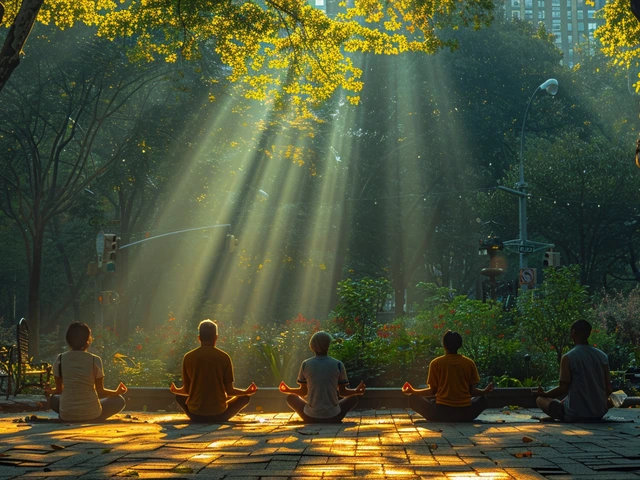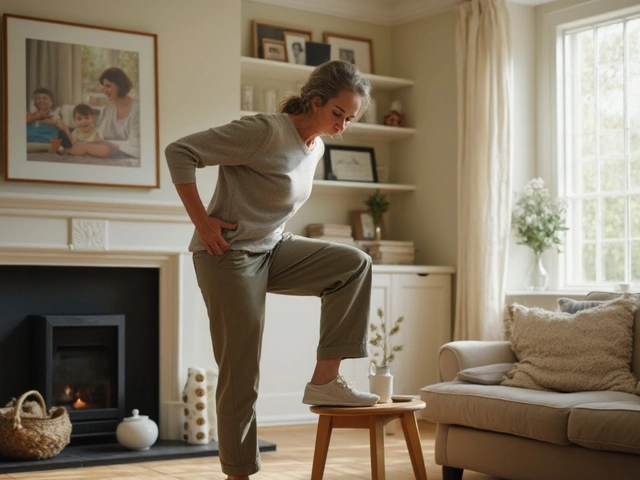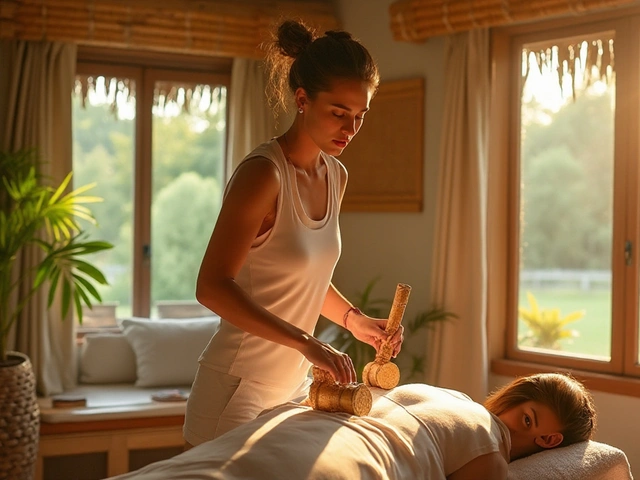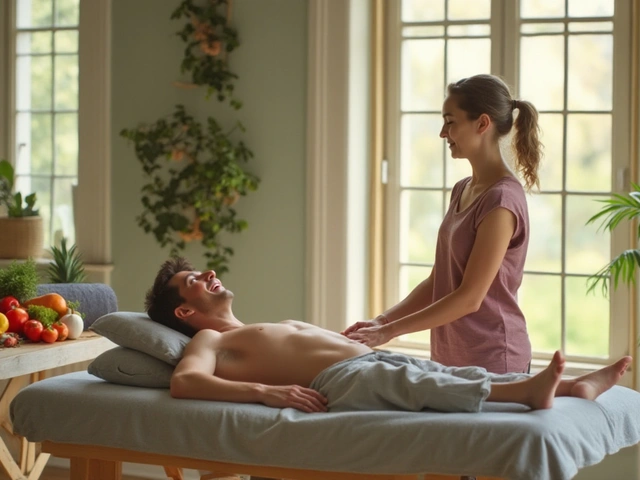Harmony and Healing: The Philosophy Behind Knife Massage
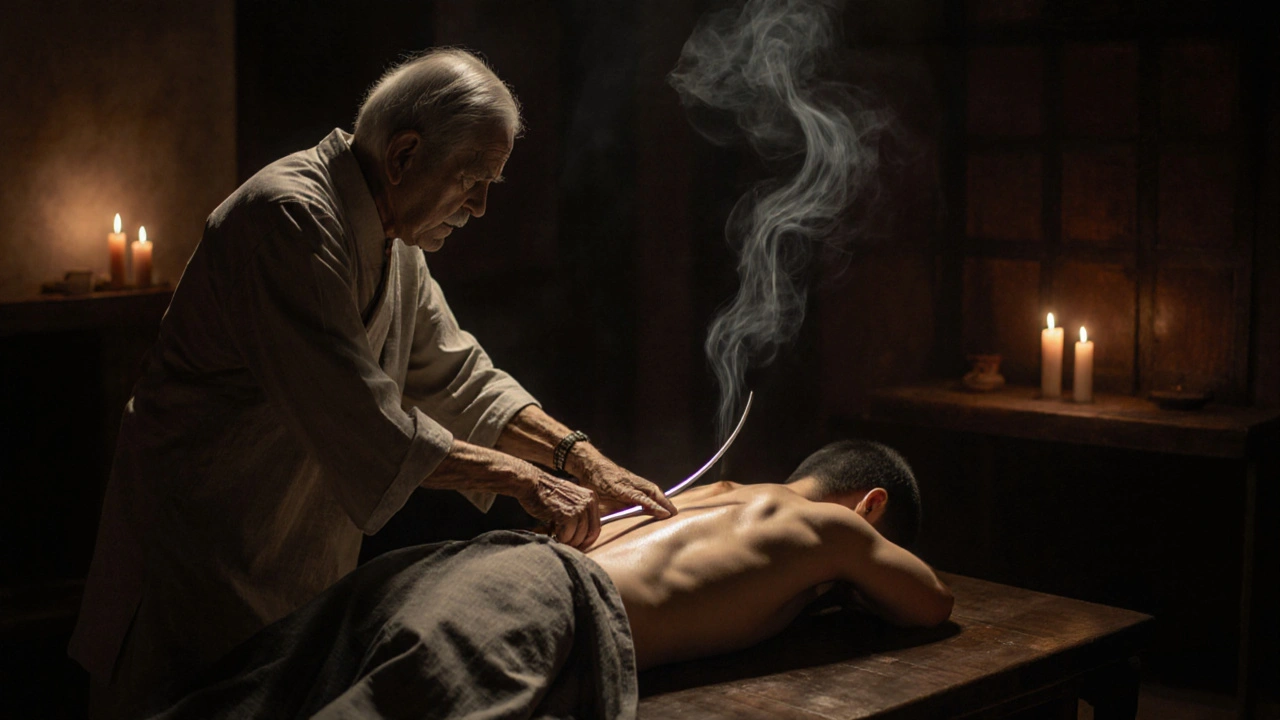
Knife Massage Suitability Checker
This tool helps you determine if knife massage is appropriate for you based on your health conditions and personal preferences. Knife massage is a traditional Chinese healing practice that uses polished steel blades to apply pressure along energy channels.
Health Conditions
Knife massage sounds like something out of a fantasy novel-sharp blades gliding over skin, not to cut, but to heal. But in parts of China, especially in rural Guangdong and Fujian provinces, it’s been practiced for over 200 years. Not as a stunt, not as spectacle, but as a deeply rooted healing art. The knives aren’t used to break skin. They’re used to apply pressure-precise, rhythmic, and controlled-along meridians, muscles, and energy channels. And the result? Many who’ve tried it say it releases tension deeper than any hand massage ever could.
What Knife Massage Really Is
Knife massage, or dao li in Mandarin, uses polished steel blades-usually 6 to 10 inches long, slightly curved, and rounded at the edges. These aren’t kitchen knives. They’re hand-forged tools, often passed down through generations of practitioners. The blades are warmed slightly before use and moved slowly over the skin, sometimes with a light oil to reduce friction. The pressure is firm but never cutting. Think of it like a heavy, smooth stone being dragged along your back, except the stone is made of steel and shaped like a blade.
The technique targets the same points as acupuncture and traditional Chinese massage (Tui Na), but without needles or deep finger pressure. Instead, the blade’s edge stimulates the body’s surface, encouraging blood flow, releasing fascial adhesions, and activating the parasympathetic nervous system. People often report feeling warmth spreading through their shoulders, a sudden release in tight lower back muscles, or even a tingling sensation along their legs after a session.
The Philosophy: Energy, Not Just Muscle
Knife massage isn’t just about relaxing muscles. It’s built on the same foundation as traditional Chinese medicine: that health comes from balanced energy flow, or qi. When qi gets stuck-because of stress, injury, or cold weather-it creates blockages. These show up as knots, pain, numbness, or even digestive issues.
The blade doesn’t just press on skin. It’s believed to resonate with the body’s energy channels. Practitioners don’t just move the knife randomly. They follow specific meridians-like the bladder meridian that runs from the head down the back to the heels. A skilled therapist will adjust pressure and speed based on how the body responds. If a spot feels tight under the blade, they’ll linger. If it flows easily, they’ll move on.
This isn’t guesswork. It’s a learned language of sensation. The therapist feels the resistance, the temperature changes under the blade, the subtle shifts in breathing. The client isn’t just passive. They’re part of the process. Many say they learn to breathe deeper during sessions, to relax into the pressure instead of tensing against it.
Why It Feels Different Than Regular Massage
Most massage therapies rely on hands-fingers, thumbs, elbows. They’re great for surface tension, but they can’t always reach the deeper layers of fascia without causing discomfort. Knife massage changes that. The blade’s narrow edge applies focused pressure without compressing surrounding tissue. It’s like using a scalpel instead of a sledgehammer.
One study from Guangzhou University of Chinese Medicine in 2023 tracked 120 patients with chronic neck and shoulder pain. Half received standard Tui Na massage; the other half got knife massage. After eight sessions, the knife group reported 42% greater reduction in pain intensity and 31% better improvement in range of motion. The researchers noted that the blade’s ability to glide along fascial planes seemed to break up adhesions more effectively than manual pressure alone.
It’s not magic. It’s physics. The blade’s shape allows for consistent, even pressure across a larger surface area than a thumb can cover. That means less strain on the therapist’s hands and more consistent stimulation for the client.
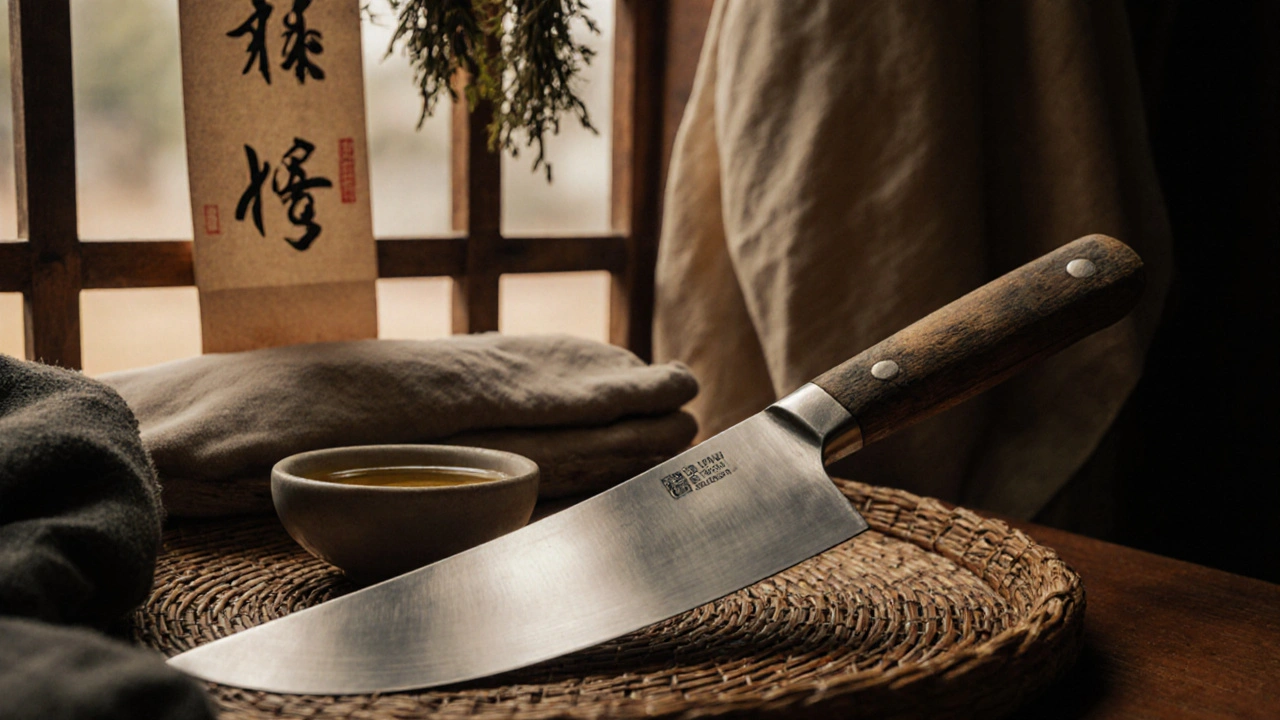
Who It’s For-and Who Should Avoid It
Knife massage isn’t for everyone. It’s best for people with:
- Chronic muscle tightness, especially in the back, shoulders, or legs
- Stiffness from long hours sitting or repetitive motion
- Stress-related tension that doesn’t respond to regular massage
- Interest in traditional Chinese medicine approaches
But it’s not safe for:
- People with thin or fragile skin (elderly, those on blood thinners)
- Anyone with open wounds, rashes, or recent surgery
- Those with bleeding disorders or uncontrolled high blood pressure
- Anyone who feels uneasy about sharp objects near their body
First-timers often worry about safety. Reputable practitioners use blades that have been polished to a mirror finish and sterilized between sessions. The skin is never broken. The sensation is intense-some compare it to a deep, vibrating pressure-but not painful. If you feel sharp pain, you’re not getting knife massage-you’re getting a bad version of it.
How It’s Done: A Typical Session
A session usually lasts 45 to 60 minutes. You lie face down on a massage table, fully clothed in loose, natural fabric-cotton or linen. The therapist warms the blade over a low flame or warm water, then applies a light oil to your skin. They start at the base of your skull, moving slowly down the spine, then out to the shoulders and upper back. The rhythm is slow, deliberate. No sudden movements.
You might feel a slight coolness at first, then a deep warmth as circulation increases. Some people fall asleep. Others cry. Emotional release is common. The pressure doesn’t just affect the body-it can trigger stored stress to surface. That’s normal. It’s part of the healing.
Afterward, you’re given warm herbal tea and asked to rest for 15 minutes. No cold showers. No intense exercise. The body is still processing the stimulation. Many say they feel lighter, clearer-headed, and strangely calm-like the noise inside their head has turned down a notch.
The Cultural Roots
Knife massage didn’t come from a spa marketing team. It came from village healers in southern China who had no access to modern medicine. They used what they had: steel blades, knowledge of anatomy passed down orally, and centuries of observation. It was used to treat farmers with back pain, laborers with stiff joints, and women with postpartum tension.
Today, it’s still practiced in small clinics and traditional medicine centers. Some modern practitioners blend it with physiotherapy or acupuncture. But the core remains unchanged: a quiet, focused exchange between healer and body, guided by ancient principles.
It’s not a trend. It’s a tradition that survived because it works-for people who are willing to try something that looks strange but feels deeply right.
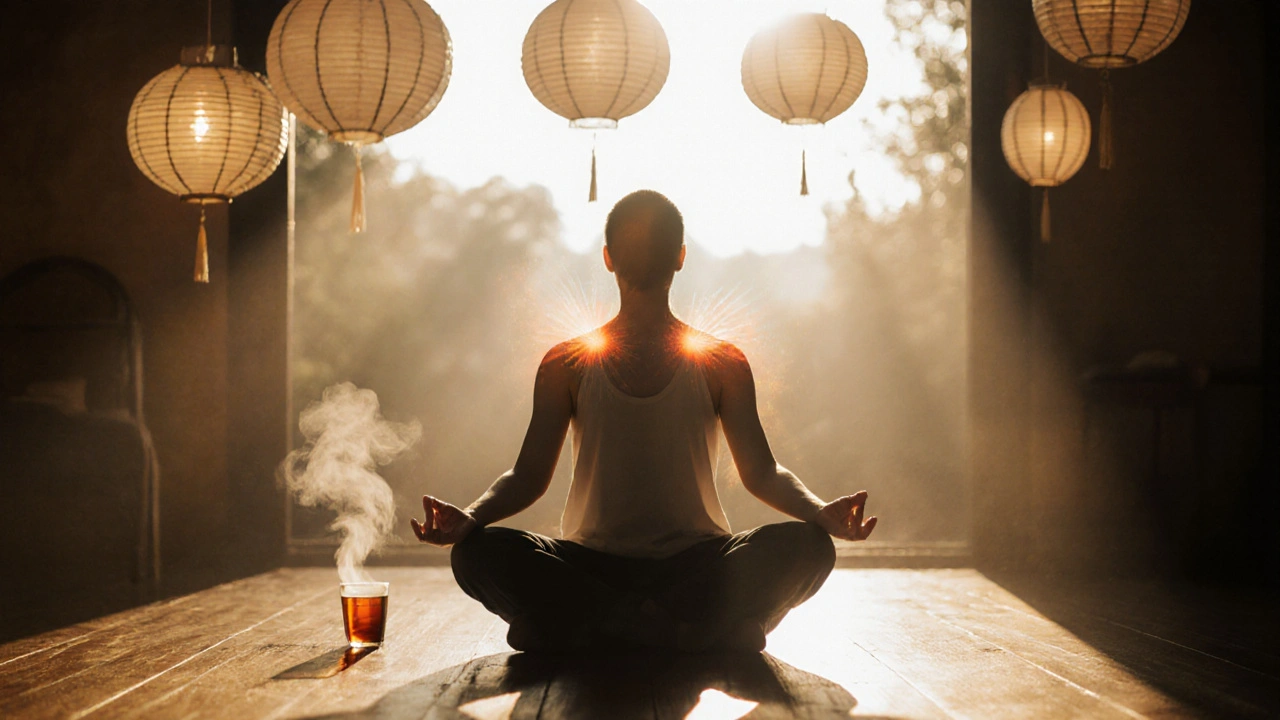
What to Expect the First Time
If you’re curious, here’s what actually happens:
- You’ll be asked about your medical history-especially anything related to skin, circulation, or nerves.
- The therapist will show you the blade and explain how it’s cleaned and handled.
- You’ll lie down, fully clothed. No undressing needed.
- You’ll feel pressure, not cutting. It’s firm, but not sharp.
- You might feel emotional. Let it happen.
- Afterward, you’ll feel relaxed-but not sleepy. More like grounded.
Don’t expect instant miracles. One session might ease tension. Three to five sessions often bring noticeable change. Like acupuncture or yoga, it’s cumulative.
Where to Find It
Outside of China, knife massage is rare but not impossible to find. Look for licensed traditional Chinese medicine clinics in major cities like New York, London, or Sydney. Ask if they offer dao li or knife therapy. Some wellness retreats in Southeast Asia also include it in their offerings.
Be cautious of spas that advertise it as a "thrill" or "exotic experience." Real practitioners treat it as a therapeutic tool, not a performance. If they don’t explain the philosophy, or if they rush you through, walk away.
Is knife massage dangerous?
No, when done by a trained practitioner. The blades are blunt, polished, and never used to cut. They’re designed to glide over the skin with controlled pressure. Injuries are extremely rare and usually happen only when performed by untrained people or with improper tools.
Does it hurt?
It’s intense, but not painful. Most people describe it as a deep, vibrating pressure-like a heavy massage combined with a warm, tingling sensation. If it hurts, the practitioner is pressing too hard. A good therapist adjusts to your comfort level.
How often should I get knife massage?
For chronic tension, once a week for 4-6 weeks is common. After that, monthly sessions help maintain results. If you’re using it for stress relief, every 2-3 weeks works well. Listen to your body. Overdoing it can cause bruising or fatigue.
Can I do knife massage at home?
Not safely. The technique requires years of training to understand pressure, angle, and energy flow. DIY tools sold online are often poorly made and increase the risk of injury. This isn’t a self-care tool-it’s a therapeutic practice best left to trained professionals.
Is knife massage the same as gua sha?
No. Gua sha uses a smooth stone or horn to scrape the skin, often leaving temporary red marks. Knife massage uses a steel blade to apply deep, gliding pressure without breaking the skin. The tools, techniques, and goals are different. Gua sha focuses on surface circulation; knife massage targets deeper fascia and energy channels.
Final Thought: It’s Not About the Knife
The knife is just a tool. The real work happens in the quiet space between the blade and the body. It’s about patience. About listening. About letting go of tension that’s been held for years.
People come for the strange tool. They stay for the stillness it brings.

